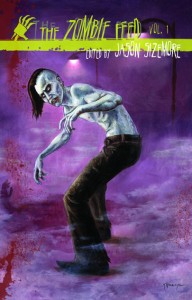Today’s post about genre books is what I read for my guilty pleasure. Since I never feel embarrassed about reading any book, I’m going to call this my “not-so-guilty” pleasure instead. After all, I don’t have a particular book, mind you, but more like a type of read.
It’s hard for me to read books without noting their structure and the techniques an author uses to tell a story. So, to give my mind a break, I turn to a type of book I don’t typically write. Young Adult fiction is tops on that list; I also read romance and mysteries on occasion. Some of these books, like the Faery Tale series by Holly Black, are darker and have more mature or experimental themes than I’ve read in similar stories. Others, like the Harry Potter series, are dark to a point, but a hero (or heroine) always prevails.
When I’m reading for not-so-guilty pleasure, I don’t care if the author followed all the appropriate techniques and did all the right things an author is supposed to do, because I’m reading to have a good time. It’s my “light read” or my “sitting-by-the-beach-drinking-margaritas read.” I’m often more forgiving of a book when I’m not critiquing it, unless there are glaring errors like typos or problems with the voice. First person, for me, can be really hard to read and get into if I’m not grounded in the story. Does this mean those books are bad? Hardly. Typos and grammatical errors aside, my challenge with first and second person narrative isn’t necessarily what other people’s complaints are, for some books were written by popular authors.
With as fast as I read, I can tell how much I’m enjoying a book if I polish it off in one or two nights. The longer it takes for me to read something, the more committed I am to the story, and the more intense the experience. My not-so-guilty pleasure books are those afternoon reads that are typically light-hearted, fun and…of course…full of heroes.

